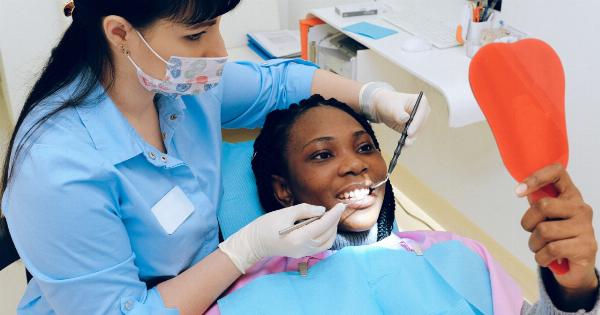Harlequin type ichthyosis, also known as harlequin baby syndrome, is an extremely rare genetic disorder that affects the skin.
The condition is named after the harlequin character in popular Italian comedies because of the diamond-shaped scales it produces on the skin, making the skin appear like a jester’s outfit. The disease primarily affects infants and is often fatal within the first few days or weeks of life. This article aims to explore the causes, symptoms, and treatment options for harlequin type ichthyosis.
The Causes of Harlequin Type Ichthyosis
Harlequin type ichthyosis is caused by a mutation in the ABCA12 gene. This gene is responsible for the production of a protein that is essential for the formation and functioning of the skin’s natural barrier.
Without this protein, the outer layer of the skin becomes thickened and scaly, leading to the diamond-shaped scales characteristic of the disorder.
The Symptoms of Harlequin Type Ichthyosis
The symptoms of harlequin type ichthyosis are evident at birth. Infants with the condition have thick, scaly skin that is broken into diamond-shaped plates.
The plates can be red or darkened, and the skin underneath the scales can be cracked, leading to the risk of dangerous infections. The eyes, ears, mouth, and other parts of the body may also be affected, leading to problems with vision, hearing, and feeding.
The Treatment Options for Harlequin Type Ichthyosis
There is currently no cure for harlequin type ichthyosis. Treatment options focus on managing the symptoms of the disease and preventing complications.
Infants with the condition require intensive medical care, including keeping the baby’s skin moisturized, preventing dehydration, and avoiding infections. Antibiotics may be prescribed to prevent or treat infections, and eye drops can help with dry eyes.
Living with Harlequin Type Ichthyosis
Living with harlequin type ichthyosis can be challenging both physically and emotionally. Infants with the condition often require intensive medical care, which is emotionally and physically draining for parents and caregivers.
Children with the disease may also be at risk of bullying and social isolation due to their appearance. However, with the right care and support, individuals with harlequin type ichthyosis can lead fulfilling lives.
The Research on Harlequin Type Ichthyosis
Researchers have made significant progress in understanding the causes of harlequin type ichthyosis. Studies have shown that the disease is caused by mutations in the ABCA12 gene, which affect the formation and functioning of the skin barrier.
Recent research has also focused on developing new treatments for the condition, including gene therapy and stem cell transplantation.
The Importance of Awareness and Education
Harlequin type ichthyosis is an extremely rare condition that affects only a few hundred individuals worldwide. Despite its rarity, it is essential to raise awareness of the condition and its impact on individuals and families.
Educating healthcare professionals, parents, and the general public about the diagnosis, management, and treatment of harlequin type ichthyosis can help support individuals with the disease and improve their quality of life.
The Future of Harlequin Type Ichthyosis
Harlequin type ichthyosis is a rare and devastating genetic disorder that affects the skin. While there is currently no cure for the condition, research has made significant strides in understanding the underlying causes and developing new treatments.
With continued investment and innovation, researchers may be able to develop new therapies that alleviate the symptoms of harlequin type ichthyosis and improve the lives of individuals with the disease.
Conclusion
Harlequin type ichthyosis is a rare and disabling genetic condition that affects the skin. The condition can cause significant physical and emotional challenges for individuals and families.
Although there is currently no cure for the condition, researchers have made significant progress in understanding its causes and developing new treatments. With continued investment in research, education, and awareness, we can support individuals with harlequin type ichthyosis and improve their quality of life.































